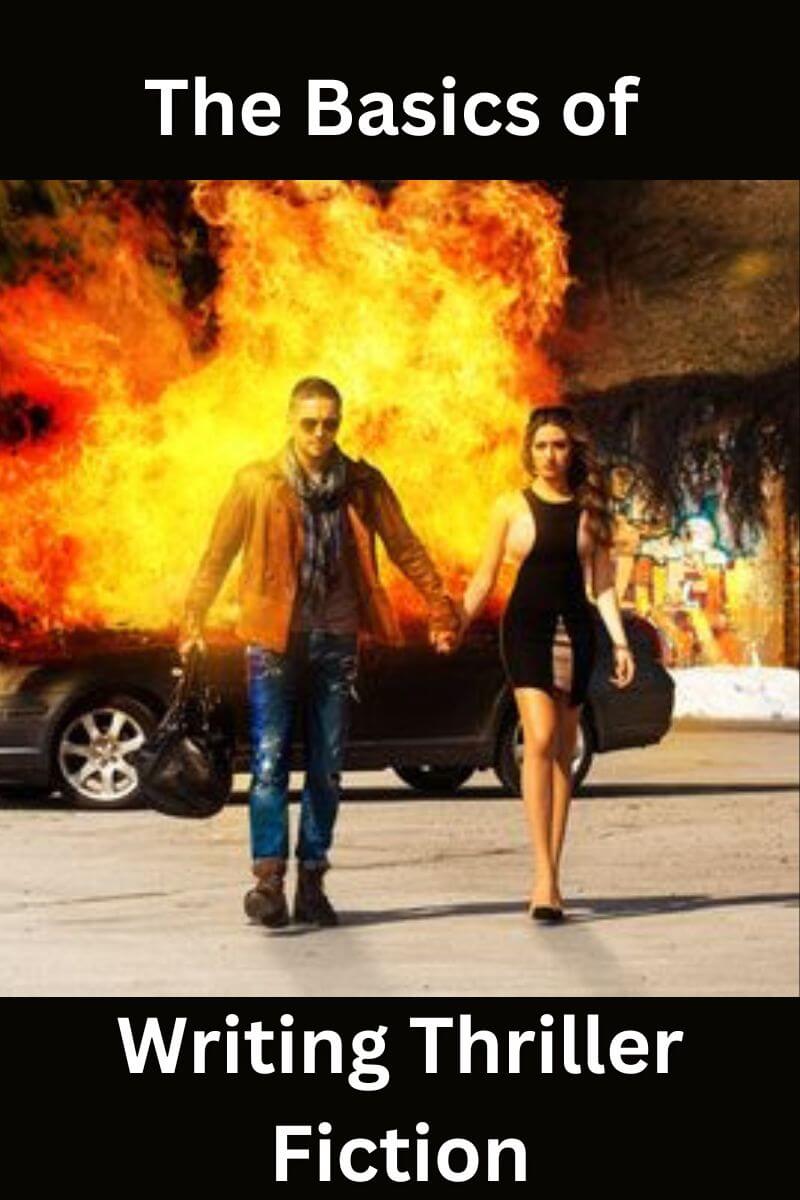Placement of Cliffhangers?
by Lux
(Australia)
Hello,
I really love your site! And thanks for answering a previous question!
I used to write on the internet, so each 'chapter' or 'part' was only about 600 - 1000 words. I had a habit of putting cliffhangers at the end of each part/chapter. I think because the part was always short, it made it easy for readers to finish reading one part, then quickly click 'next' to find out what happens next. I felt I could afford to spam cliffhangers everywhere because of the length of the chapter/part.
But now that I'm trying to write a novel (probably about 100,000+ words), my chapters are a lot longer (3000 - 5000 words). I find each chapter is more about that one event/scene/situation. I haven't been putting cliffhangers at the end of each chapter therefore, in fact, the last paragraph is always a little more like a worldly conclusion. Almost like the chapter can stand alone as a short fiction piece. But obviously in context it is a vital part of the plot.
When readers finish a chapter, I want them to feel satisfied and be able to go to sleep feeling satisfied, yet at the same time wondering a lot about what's gonna happen next etc.
I don't know how to judge whether I'm not putting enough cliffhangers, or too many. I want to find a balance such that people can feel relaxed yet excited.
Thanks!
Answer: Keep in mind that dramatica theory is recursive. Just as each throughline in a story can move from inciting incident --> complication --> crisis --> resolution, each of those four signposts can also be broken down into a similar structure. An episode, sequence, chapter, or event can start in one direction, encounter obstacles/resistance, be forced into a deciding moment, and have an outcome or resolution. If your chapters are feeling like short stories with their own resolutions, that's likely means you've structured them well.
The difference is that each of these smaller sections should play a role in a larger throughline. For instance, an event such as "the night John finally stood up to his parents" might have a resolution (he leaves home), but that outcome might only be the inciting incident of the larger throughline about John becoming an adult or his changing relationship with his parents.
In other words, the resolution will be
That doesn't mean you have to end a chapter with a cliffhanger, though there are times when that will be effective.
Sometimes we read the next chapter just because we enjoyed the last one (because of the emotions, humour, interesting ideas, etc.). But more often, a reader will want to read the next chapter in order to see ...
* how an idea will play out
* how a character will react to what the reader knows is coming (dramatic irony)
* how the outcome of one event will affect a relationship
* how a new discovery will impact the course of events
* the explanation of a mystery
* whether a sympathetic character will win in the end
* whether someone made the right decision
In other words, the reader wants to see the next stage in the larger throughline or story. So the novel should not really feel finished until the end.
For instance, the main character's inner conflict is never really settled until the end of the main character's throughline. If it is resolved in chapter 3, you have no reason for the character to keep going, or the reader to keep going with that character. Same with the story goal: once the reader knows the outcome, the story feels over.
So how do you decide if a chapter ending works? Some people like to map out the various arcs. But if you're more of a pantser, you can also just observe your own feelings as you read through your work. If a chapter isn't playing its part in a larger arc, you can feel your emotions and your interest in the story wane. It will feel like the story is wandering. Your feelings should tell you if a chapter makes you want to read the next one.
Where you can get in trouble is if you know in your head what's happening but you haven't illustrated it to the reader (creating a hole in the story that you have trouble spotting). Or if you have included something because you like it but it really doesn't play a role in any throughline or subplot.
That's where it helps to show your work to people who can tell you what bits confused them or where the story dragged.
- Home
- Plot Questions
- Placement of Cliffhangers?











